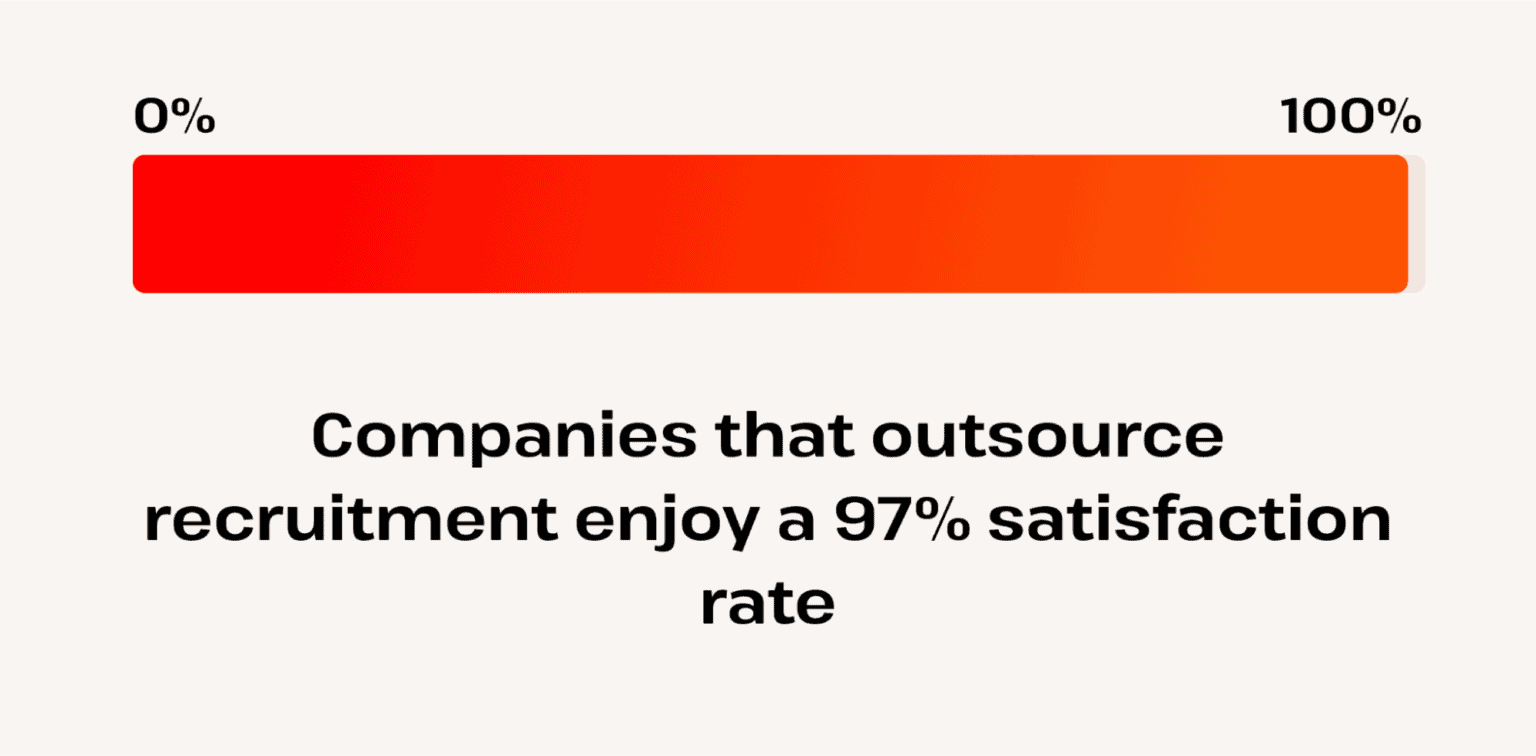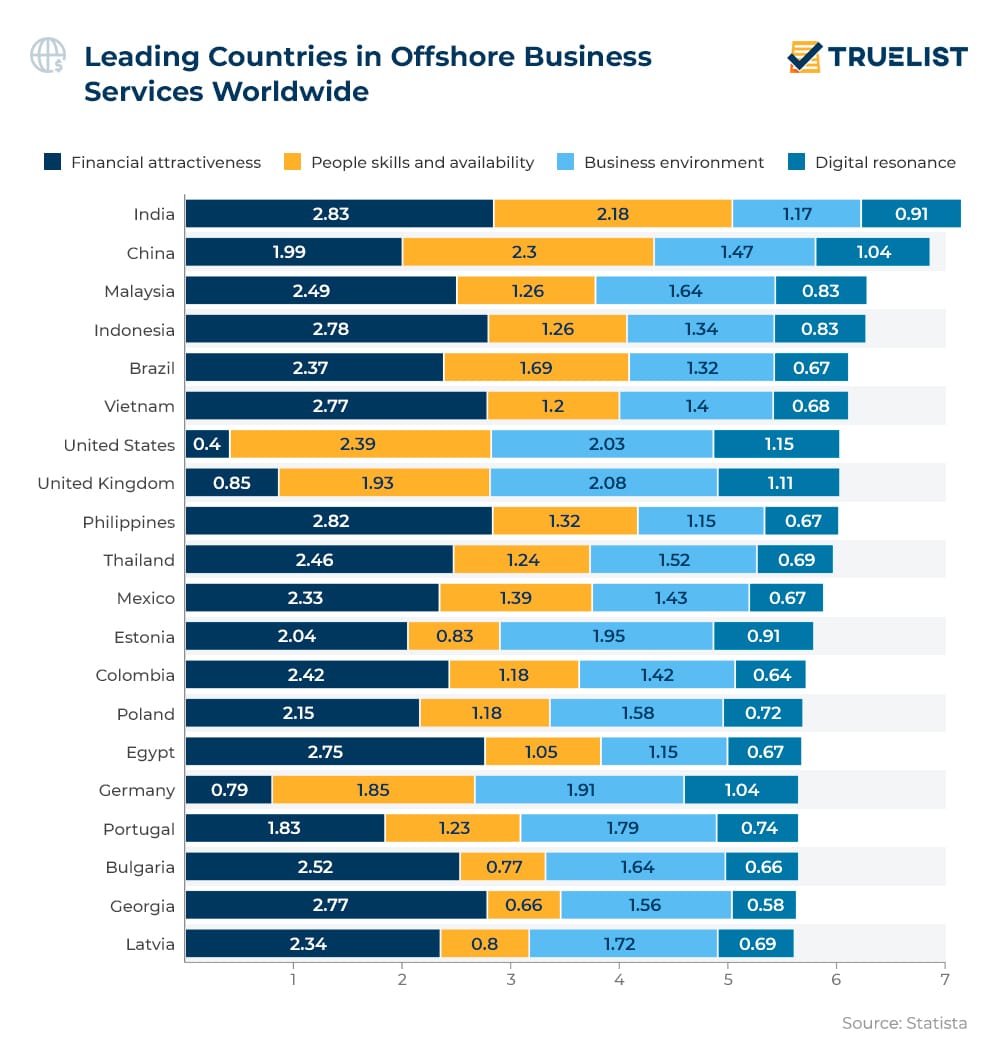
Why Offshore Staff Leasing Is a Smart Strategy for Growing Businesses
With rapid technological advancements and an increasingly integrated global marketplace, companies of all sizes are seeking smarter ways to scale and compete.
Whether it’s a startup or a large corporation, more businesses are embracing offshore staff leasing through providers like Remote Resources to tap into global talent, reduce costs, and remain agile in a competitive landscape.
In a context of rising tariffs and global operating costs, man-hours remain one of the few resources not directly affected by trade barriers or goods inflation.
By pivoting to dedicated offshore staff, companies can manage expenses more predictably while maintaining quality and productivity.
This model allows businesses to access a qualified workforce without the burden of local recruitment, infrastructure, or compliance, helping them stay lean while retaining full control over projects and output. With the support of reliable partners offering full-time dedicated offshore teams, long-term success becomes not only achievable but sustainable.
The rest of this article will explore the key benefits of offshore staff leasing, including cost reductions, access to global talent, efficient delegation of non-core tasks, work and time flexibility, quality control, and operational resilience, with practical examples and data demonstrating why it is a smart strategy for growing businesses.
1. Accelerate Growth with Streamlined Operations
At its core, offshore staff leasing simplifies the complexities of recruitment, operations, and compliance.
Instead of spending months building an in-house team from scratch, businesses can launch a new department in a matter of weeks. This speed is a critical advantage, especially for companies with innovative ideas or a need to quickly scale.
The traditional hiring process is notoriously slow. A U.S.-based company, for example, can spend an average of 49 days just to find and hire a new employee, and a full team can take months to assemble and onboard.
In contrast, an offshore staff leasing company has a pre-vetted talent pool and the infrastructure already in place. They can often present a full team of full-time dedicated offshore staff ready to start in as little as 2-4 weeks.
For a startup with a new product idea, this agility is a game-changer.
Instead of hiring a local development team and waiting months to get started, they can lease a team of engineers in Vietnam and begin building their Minimum Viable Product (MVP) almost immediately.
This allows them to get to market faster and start generating revenue while their competitors are still stuck in the hiring process.
This structure also enables business owners to retain control over task management, performance evaluations, and workflows, while the leasing partner handles the administrative burdens.
2. Reduce Administrative Burdens and Free Internal Resources
Hiring a full-time employee involves much more than just a salary. It's a resource-intensive process burdened with legal liabilities, complex payroll administration, benefits management, and compliance with local labor laws.
Offshore staff leasing companies eliminate these headaches by acting as the legal employer. This model relieves your business of direct responsibilities for health insurance, retirement contributions, and employee claims, which are all handled by the partner agency.
This is especially valuable for companies in high-regulation regions like the EU or U.S., where employment law is rigid and violations can result in significant penalties. According to a 2023 report by Gartner, companies often spend up to 40% of their time on administrative tasks that don't directly contribute to revenue. By delegating these functions, you can free up valuable internal resources.
Even though your offshore leased staff are located abroad, they report directly to you just like internal employees.
With modern collaboration tools like Slack, Zoom, and Asana, you can easily assign tasks, request updates, and monitor performance in real time. An on-site account manager ensures logistics, culture alignment, and daily operations, keeping your full-time dedicated offshore staff focused and productive. It’s a hybrid model that delivers full control with minimal friction.
3. Fill Critical Skill Gaps with Global Talent

In the current tech landscape, businesses are increasingly seeking specialized skills to drive innovation and maintain competitiveness. Offshore staff leasing provides access to a global talent pool, enabling companies to tap into expertise across borders—from software engineers and data scientists to cybersecurity specialists and AI developers.
For instance, many Australian companies are leveraging full-time dedicated offshore teams in Vietnam for IT support and frontend development. Vietnam boasts a tech-savvy workforce with high English proficiency and a strong work ethic, all at competitive costs. This strategic approach allows businesses to fill critical skill gaps without the constraints of local talent shortages.
The global demand for skilled tech professionals is intensifying. A 2024 IDC report indicates that by 2026, over 90% of organizations worldwide will experience an IT skills crisis, potentially resulting in $5.5 trillion in losses due to unfilled positions and delayed projects.
Moreover, a Korn Ferry study predicts that by 2030, more than 85 million jobs globally could remain unfilled due to a lack of skilled individuals, leading to an estimated $8.5 trillion in unrealized annual revenue.
In this context, offshore staff leasing becomes a strategic solution for accessing top-tier talent, ensuring that businesses can continue to innovate and grow despite local skill shortages.
4. Cut Costs and Boost Financial Efficiency

Cost efficiency is one of the strongest drivers for offshore staff leasing, and the savings come from multiple areas.
Salaries are the most obvious: a U.S.-based customer support employee can earn between $35,000 and $50,000 per year, while in Ho Chi Minh City, the same role costs around $6,000–$10,000 annually (Outsource Accelerator). For a five-person team, that difference alone translates to roughly $125,000–$200,000 per year.
But offshore savings extend far beyond wages.
Recruitment and onboarding in high-cost regions like the U.S. or Europe can run $4,000–$7,000 per hire. Offshore providers manage recruitment, background checks, and initial training, drastically reducing these costs. Infrastructure expenses are also minimized: offshore staff typically operate from provider-managed offices, eliminating the need for additional rent, utilities, office equipment, and IT setup.
Other often-overlooked savings include benefits, insurance, and compliance management. In the U.S. or EU, employers face health insurance contributions, payroll taxes, and complex labor regulations. Offshore staffing partners assume these responsibilities, effectively reducing legal and administrative overhead (MicroSourcing).
Altogether, studies show that companies outsourcing to countries like Vietnam or the Philippines can reduce total employment costs by up to 70%, covering both fixed infrastructure costs and variable personnel costs. This allows businesses to reallocate resources to growth initiatives, marketing, product development, or other strategic priorities—turning cost savings into a competitive advantage.
5. Ensure Consistent Quality and Performance

Offshoring does not mean compromising quality. On the contrary, you can gain more control over outcomes. You can monitor employee performance through productivity tools, track KPIs, and align workflows to match expectations.
A notable example of maintaining quality control is the strategic use of offshore teams by major tech companies.
Google, for instance, has leveraged offshore teams for various functions, including support roles for Google Ads, with centers in the Philippines. This framework allows them to meet spikes in demand and maintain service quality.
Similarly, the video game Clair Obscur: Expedition 33, developed by the French studio Sandfall Interactive, strategically outsourced significant portions of development, including quality assurance (QA) and animation, to specialized teams in countries like South Korea and Poland.
This allowed the in-house team to focus on core aspects of the game, ultimately contributing to its success.
6. Delegate Non-Core Tasks to Maximize Innovation
Your core team should focus on innovation, strategy, and growth—not spending hours on repetitive or administrative tasks. Offshore leased staff are ideal for handling functions that, while necessary, can consume significant internal bandwidth.
For example, an architecture firm might lease a team in Vietnam to manage 3D modeling, CAD file cleanup, or rendering tasks, allowing its core staff in Europe to concentrate on client-facing design and strategic planning—improving both efficiency and project quality.
Other examples of non-core tasks commonly delegated to offshore teams include:
- Design and Animation: Companies in media, gaming, or advertising can outsource 2D/3D design, motion graphics, and animation to skilled offshore professionals, ensuring high-quality visuals without increasing local headcount.
- Development and Testing: Software and game studios often offshore developers and QA/QC testers to handle coding, debugging, and quality assurance.
- Digital Content Production: Businesses can offshore tasks such as website content updates, social media content creation, or digital marketing campaigns, allowing in-house teams to focus on strategy and customer engagement.
By delegating these specialized non-core roles to offshore teams, companies can scale operations, reduce costs, and maintain high-quality output while keeping their internal teams focused on innovation and growth.
7. Achieve Around-the-Clock Productivity with Time Zone Flexibility

With teams across time zones, businesses can benefit from "follow-the-sun" productivity.
Your offshore staff leasing provider ensures your staff are ready to operate during your preferred hours—or cover shifts that your in-house team can’t. This flexibility reduces delays and helps you meet tight deadlines without needing to scale your local workforce.
A report by Penbrothers highlights that companies operating on a 'follow-the-sun' model can significantly compress project timelines. When an onshore team in North America finishes its day, an offshore team in Asia can continue the development, testing, and documentation, creating a formidable competitive advantage.
Remote Resources, for instance, is mainly based in Vietnam, but has a presence in Europe (Bordeaux) and Singapore, and can work in the Philippines and even Indonesia. This geographic spread allows for seamless collaboration across different time zones, ensuring continuous workflow and timely project delivery.
8. Strengthen Business Resilience and Mitigate Operational Risks
Leading offshore staff leasing companies have robust contingency plans in place.
From power backup systems and secure data environments to disaster recovery protocols, these measures safeguard business continuity.
In 2020, while many companies suffered severe slowdowns during the pandemic, those with offshore leased staff in countries like Vietnam and the Philippines managed to maintain operations thanks to quick remote transitions and provider-supported infrastructure.
Even after the implementation of 2025 tariffs affecting Vietnam at 20%, the country’s economy remained remarkably resilient, with record-high foreign direct investment (FDI) inflows and strong stock market performance. This stability makes Vietnam a reliable base for offshore operations, giving businesses confidence that their teams can continue working efficiently regardless of external economic pressures.

Whether it’s a natural disaster or political instability, your offshore partner’s job is to keep your business running—no matter what.
According to a Deloitte Global Shared Services and Outsourcing survey, risk reduction is one of the top objectives that organizations achieve through these models, making it a key reason for increased investment in offshore staff leasing.
Final Thoughts
Offshore staff leasing is no longer just a cost-cutting tactic. It’s a strategic approach for companies looking to grow efficiently, navigate rising costs, and gain access to global expertise. By integrating dedicated offshore teams into your operations, you can pivot faster, respond to market demands, and focus on scaling your business rather than managing administrative burdens.
With the right partner, you can build a long-term, high-performance team of full-time dedicated offshore staff who integrate seamlessly into your operations. Whether you're a fast-scaling startup or a mature enterprise, offshore leased staff provide the flexibility, capability, and efficiency needed to thrive.
If you’re ready to unlock global talent, streamline operations, and enhance your competitive edge, contact Remote Resources today to start building your dedicated offshore team and transform how your business scales in a rapidly evolving market.









